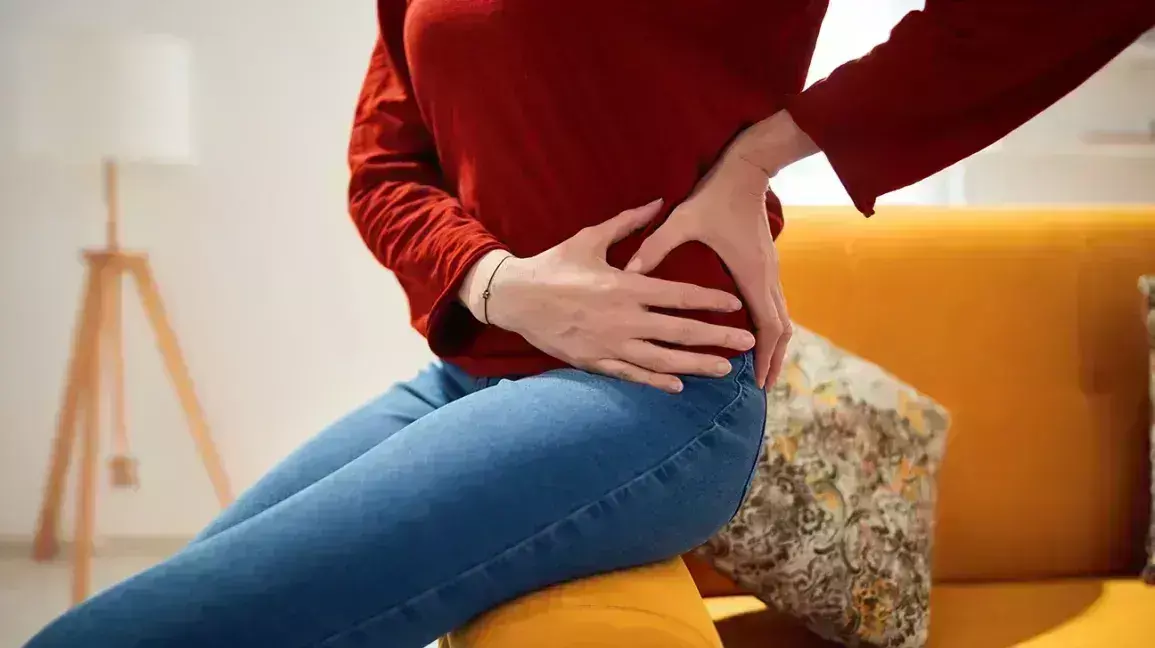- Home
- Medical news & Guidelines
- Anesthesiology
- Cardiology and CTVS
- Critical Care
- Dentistry
- Dermatology
- Diabetes and Endocrinology
- ENT
- Gastroenterology
- Medicine
- Nephrology
- Neurology
- Obstretics-Gynaecology
- Oncology
- Ophthalmology
- Orthopaedics
- Pediatrics-Neonatology
- Psychiatry
- Pulmonology
- Radiology
- Surgery
- Urology
- Laboratory Medicine
- Diet
- Nursing
- Paramedical
- Physiotherapy
- Health news
- Fact Check
- Bone Health Fact Check
- Brain Health Fact Check
- Cancer Related Fact Check
- Child Care Fact Check
- Dental and oral health fact check
- Diabetes and metabolic health fact check
- Diet and Nutrition Fact Check
- Eye and ENT Care Fact Check
- Fitness fact check
- Gut health fact check
- Heart health fact check
- Kidney health fact check
- Medical education fact check
- Men's health fact check
- Respiratory fact check
- Skin and hair care fact check
- Vaccine and Immunization fact check
- Women's health fact check
- AYUSH
- State News
- Andaman and Nicobar Islands
- Andhra Pradesh
- Arunachal Pradesh
- Assam
- Bihar
- Chandigarh
- Chattisgarh
- Dadra and Nagar Haveli
- Daman and Diu
- Delhi
- Goa
- Gujarat
- Haryana
- Himachal Pradesh
- Jammu & Kashmir
- Jharkhand
- Karnataka
- Kerala
- Ladakh
- Lakshadweep
- Madhya Pradesh
- Maharashtra
- Manipur
- Meghalaya
- Mizoram
- Nagaland
- Odisha
- Puducherry
- Punjab
- Rajasthan
- Sikkim
- Tamil Nadu
- Telangana
- Tripura
- Uttar Pradesh
- Uttrakhand
- West Bengal
- Medical Education
- Industry
Noninvasive Device Reduces pain and Opioid Use After Cesarean Delivery

In a landmark clinical trial unveiled promising results that could potentially revolutionize pain management for women after cesarean deliveries. The findings were published in Journal of American Medical Association.
This study conducted from April 2022 to January 2023, sought to determine if a noninvasive, high-frequency electrical stimulation device could effectively reduce opioid use and pain in the postoperative period.
The study, involving 134 postpartum individuals who underwent cesarean delivery, was conducted using a rigorous, triple-blind design, meaning neither the patients nor the healthcare providers knew which group they were in. The participants were randomly assigned to one of two groups: a high-frequency (20,000 Hz) electrical stimulation device group or a sham device group.
The findings of the study were:
Those in the functional device group used significantly less opioid medication before discharge than those in the sham device group. Specifically, the functional device group used a median of 19.75 morphine milligram equivalents (MME), while the sham device group used a median of 37.50 MME.
Moreover, participants in the functional device group reported similar rates of moderate to severe pain and mean pain scores compared to the sham device group, meaning that pain control was not compromised. In fact, those using the functional device were more likely to be discharged without an opioid prescription, further indicating the potential of device to reduce opioid use.
Notably, no treatment-related adverse events occurred in either group, underlining the safety and effectiveness of this noninvasive approach.
These findings suggest that the use of a high-frequency electrical stimulation device as part of a multimodal analgesia protocol may significantly reduce opioid use in the immediate postoperative period and decrease the number of opioids prescribed at discharge for women who undergo cesarean delivery.
Source:
Grasch, J. L., Costantine, M. M., Mast, D. D. D., Klopfenstein, B., Russo, J. R., Summerfield, T. L., & Rood, K. M. (2023). Noninvasive Bioelectronic Treatment of Postcesarean Pain. In JAMA Network Open (Vol. 6, Issue 10, p. e2338188). American Medical Association (AMA). https://doi.org/10.1001/jamanetworkopen.2023.38188
Neuroscience Masters graduate
Jacinthlyn Sylvia, a Neuroscience Master's graduate from Chennai has worked extensively in deciphering the neurobiology of cognition and motor control in aging. She also has spread-out exposure to Neurosurgery from her Bachelor’s. She is currently involved in active Neuro-Oncology research. She is an upcoming neuroscientist with a fiery passion for writing. Her news cover at Medical Dialogues feature recent discoveries and updates from the healthcare and biomedical research fields. She can be reached at editorial@medicaldialogues.in
Dr Kamal Kant Kohli-MBBS, DTCD- a chest specialist with more than 30 years of practice and a flair for writing clinical articles, Dr Kamal Kant Kohli joined Medical Dialogues as a Chief Editor of Medical News. Besides writing articles, as an editor, he proofreads and verifies all the medical content published on Medical Dialogues including those coming from journals, studies,medical conferences,guidelines etc. Email: drkohli@medicaldialogues.in. Contact no. 011-43720751


